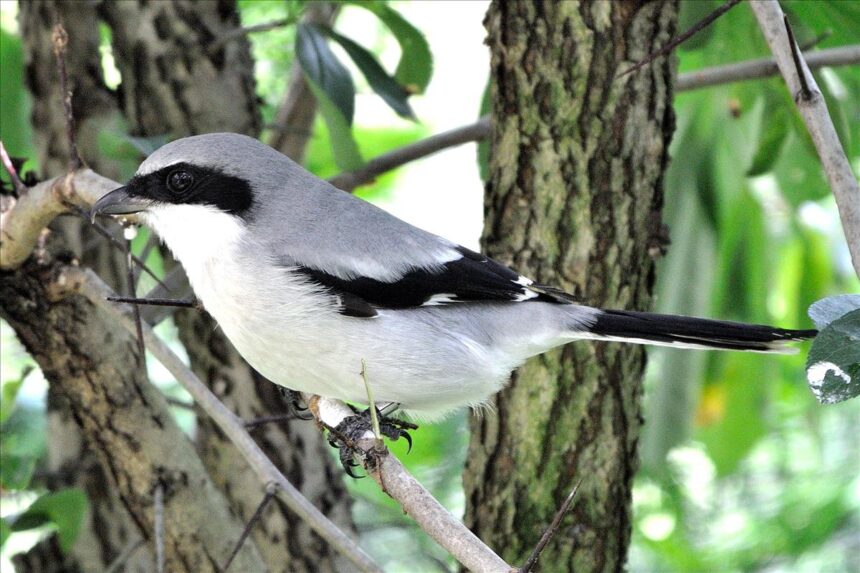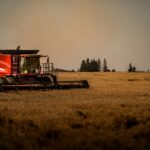In the quiet dawn hours across Canada’s vast landscapes, a technological revolution is silently transforming wildlife conservation. As migratory birds traverse continental airspace and endangered species navigate increasingly fragmented habitats, an innovative network of tracking towers stands as silent sentinels, gathering crucial data that may ultimately determine the survival of numerous species.
The Motus Wildlife Tracking System, a groundbreaking collaborative initiative spearheaded by Birds Canada, has expanded to over 1,000 automated radio telemetry stations across the Western Hemisphere. This technological marvel is revolutionizing how scientists monitor and protect wildlife, particularly migratory species facing unprecedented challenges.
“What makes Motus unique is its collaborative nature,” explains Dr. Erin Bayne, wildlife biologist at the University of Alberta. “Instead of each research team building their own tracking infrastructure, we’ve created a shared network that multiplies our collective knowledge exponentially. One researcher’s tagged animal might be detected by dozens of stations operated by different organizations.”
The system employs lightweight radio transmitters weighing less than 0.2 grams—lighter than a paperclip—that can be attached to creatures as small as monarch butterflies and dragonflies. These transmitters emit unique identification signals detected by the network of receiving stations, creating a continental-scale tracking system that reveals previously unknown migration routes, stopover locations, and behavioral patterns.
For Canada’s wildlife conservation efforts, the implications are profound. The endangered whooping crane, once reduced to just 15 individuals, now benefits from precise tracking that identifies critical habitat needs throughout its migration between Wood Buffalo National Park and Texas. Similarly, the threatened Canada warbler’s previously mysterious migration patterns have been mapped with unprecedented detail, informing targeted conservation strategies.
The economic value of this work extends beyond conservation. “Understanding wildlife movement patterns helps us design more effective and efficient mitigation measures for industries ranging from wind energy to agriculture,” notes Jennifer Provencher, senior research scientist with Environment and Climate Change Canada. “This reduces costs while maximizing environmental protection—a win-win scenario that’s increasingly rare.”
Funding for the Motus network represents a blend of government support, academic research grants, and private conservation foundations. The Wildlife Research Foundation recently committed $3.2 million to expand the network into previously uncovered regions of northern Canada and the Arctic, where climate change impacts are accelerating most rapidly.
The project also demonstrates remarkable international cooperation. Stations now span from the Canadian Arctic to Patagonia, following the natural flyways of migratory species that recognize no political boundaries. This cross-border collaboration has strengthened diplomatic ties through shared scientific goals, particularly between Canadian and American research institutions.
Citizen scientists play a crucial role as well. Hundreds of volunteers help maintain towers, process data, and even host stations on private property. “The volume of information we’re collecting would be impossible to manage without public participation,” says Stuart Mackenzie, director of the Motus program at Birds Canada. “It’s science democracy in action.”
As global biodiversity loss accelerates, technology-driven conservation initiatives like Motus offer rare cause for optimism. The system has already documented previously unknown migration corridors and revealed how human development impacts wildlife movement patterns—insights that directly inform conservation policy.
Looking ahead, researchers are developing more advanced transmitters with extended battery life and additional sensors to monitor physiological conditions of tagged animals. Machine learning algorithms are being deployed to analyze the massive datasets, identifying patterns that might escape human observation.
As our planet faces unprecedented environmental challenges, we must ask ourselves: How can we further harness technology to protect the wild species that maintain ecosystem health, and ultimately, our own survival? The answer may well lie in expanding collaborative networks like Motus that transform individual research projects into coordinated conservation action.














